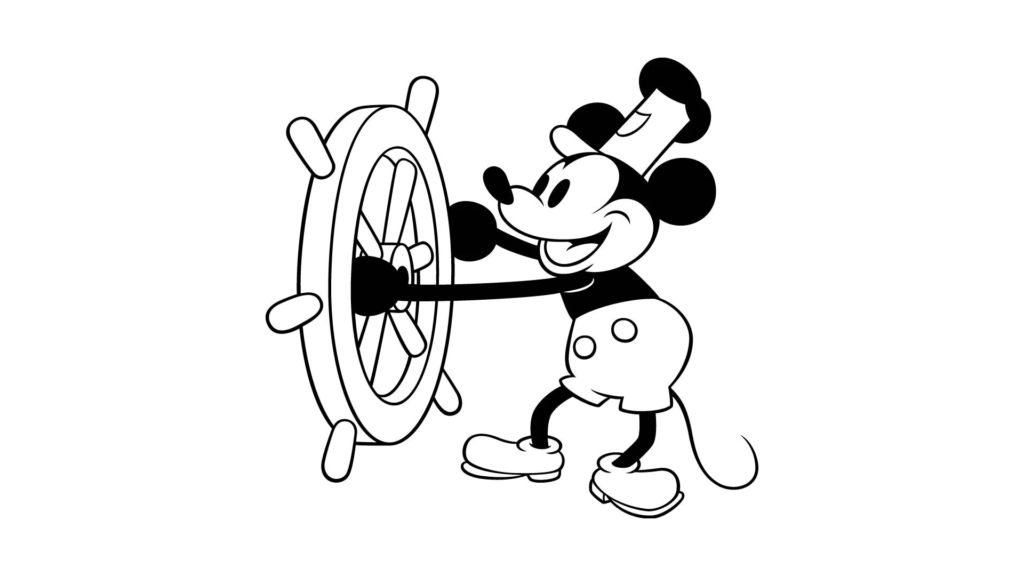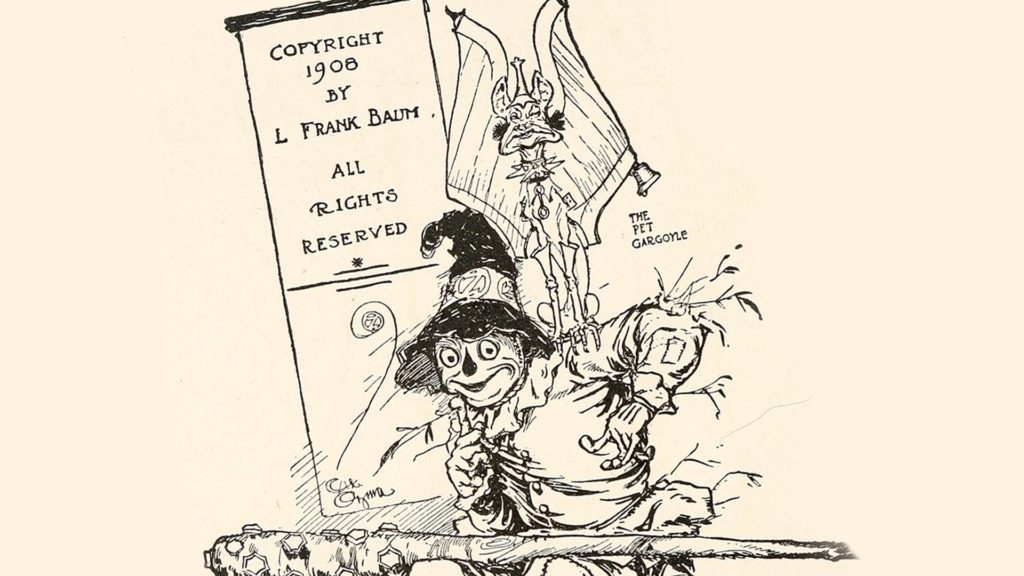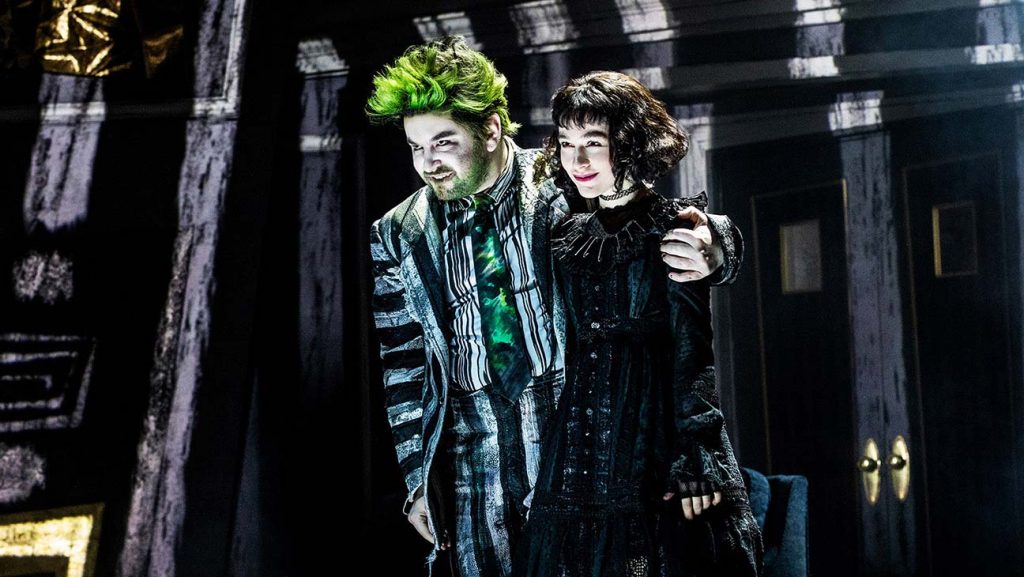
Mickey Mouse and the Public Domain
Mickey Mouse, the iconic character that has been synonymous with the Walt Disney brand for nearly a century, is on the brink of a significant transition. As copyright laws evolve and time marches on, the original iteration of this beloved character is nearing its entry into the public domain. This article delves into the history, implications, and potential future of Mickey Mouse in the realm of copyright.
The Birth of Mickey: Steamboat Willie
In 1928, audiences were introduced to Mickey Mouse in the groundbreaking animated short film, Steamboat Willie. Directed by Walt Disney and Ub Iwerks, this black and white animation was a pioneering venture, not just for introducing Mickey and Minnie Mouse, but also for its innovative use of synchronized sound. This technical marvel set it apart from earlier sound cartoons and positioned Steamboat Willie as the most popular cartoon of its era.
The film’s soundtrack, arranged by Wilfred Jackson and Bert Lewis, featured catchy tunes like “Steamboat Bill” and “Turkey in the Straw,” further enhancing its appeal. Interestingly, the film’s title might have been inspired by the Buster Keaton film, Steamboat Bill, Jr.
Copyright Controversies
Steamboat Willie has been at the center of numerous copyright debates over the years. Originally copyrighted in 1928, its protection has been extended multiple times due to legislative changes.
These extensions, particularly the 1998 act, have been attributed to extensive lobbying by The Walt Disney Company. As it stands, Steamboat Willie is set to enter the US public domain on January 1, 2024. However, while the film itself may become public property, Mickey Mouse as a character remains trademarked by Disney, offering a layer of protection against unauthorized uses.
The Thin Line Between Copyright and Trademark
While the 1928 version of Mickey Mouse is nearing its public domain entry, it’s essential to differentiate between copyright and trademark protections. The Mickey Mouse from Steamboat Willie, characterized by his long black nose, basic oval eyes, and slender tail, will soon be available for public use. However, any subsequent versions, especially those in color, remain under Disney’s control.
Disney’s trademark on Mickey Mouse offers protection against ‘consumer confusion.’ This means that while individuals might soon be free to use the original Mickey Mouse design, they cannot create content that might be mistaken as originating from Disney.
A recent example illustrating this distinction is the case of “Winnie-the-Pooh: Blood and Honey,” a slasher film using the public domain version of Winnie-the-Pooh. The film did not breach any trademarks as it’s improbable anyone would associate such a dark theme with the original creators.
The Road Ahead
As the copyright expiration date approaches, it’s anticipated that Disney will employ every legal strategy at its disposal to safeguard its iconic character. Erica Allen, an intellectual property attorney, suggests that anyone attempting to use the Steamboat Willie version of Mickey Mouse should tread carefully, as they might find themselves facing legal challenges from Disney.
The impending public domain status of Mickey Mouse will also set a precedent for other characters. Soon after Mickey, versions of Pluto and Donald Duck will also see their original iterations enter the public domain.
In conclusion, while the world of copyright is complex and ever-evolving, one thing remains certain: Mickey Mouse, in all his iterations, will forever be an enduring symbol of imagination, joy, and the magic of animation.






